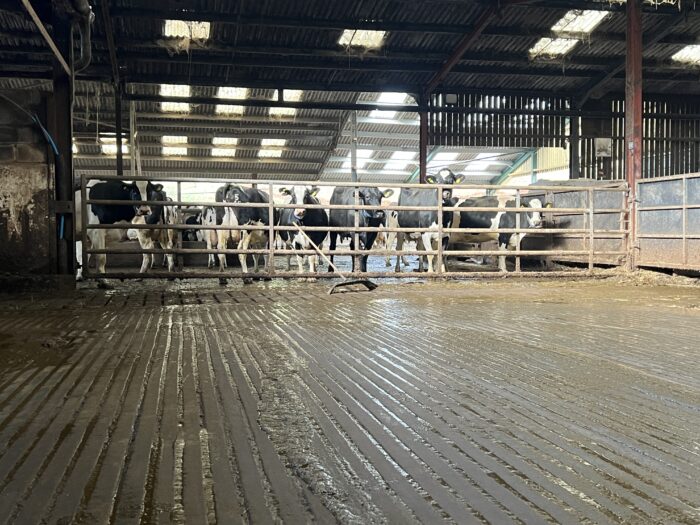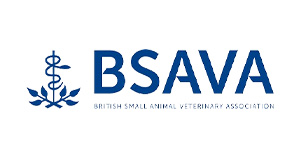Tackling Digital Dermatitis
Digital Dermatitis (DD): A Common Challenge During Housing
Published on: Feb 27, 2024
Housing can be a time where we see a resurgence of digital dermatitis (DD). What can we do to manage this challenge?
There are three core principles for the control of DD.
- Keep it out.
- Don’t let it spread.
- Build resilience (healthy skin).
Utilising a combination of all of these will help support the control of infection within your herd.
Keeping it out is essential for those of you who are lucky enough to be free of the disease. The main sources for the introduction of infections include purchased animals (cattle, co-grazing with sheep), equipment or personnel (hoof knives or foot trimming equipment), and people coming onto the farm.
Don’t let it spread. Lots of our herds already have digital dermatitis on the farm and work hard to control it. With this in mind, we must understand where flare ups in disease can come from. The bacteria live on the skin of infected cows, often quite deep in the skin layers. This means infected cows are often the most important reservoir of infection within a herd.
We must identify and treat cows promptly and effectively (EDPET) to allow them to heal and recover. What is your early lameness detection like, and how well are you treating them? Remember, when handling these feet, the bacteria are on your hands and knives. We must disinfect these before handling or trimming other feet.
Group changes can often bring active infections back into a herd, e.g., when you add your dry cows and dairy heifers. Are you controlling DD in these groups too? If not, these can result in a constant trickle of infection despite good control in the milkers.Using footbaths effectively is important. Good footbathing disinfects the foot, and this can reduce the spread of infection. There is no one-size-fits all regime, and poor foot bathing can exacerbate a problem, so get your routine vet to carry out a footbath fitness test to check how effective your footbath is at your next routine visit.
Promoting healthy skin is something that can be more challenging in the winter for housed cows. Slurry and moisture damage to the skin above the hoof is a risk factor, and this is why good slurry management can limit the spread of DD.
Essentially, keeping feet clean and dry promotes healthier skin and, therefore, better defences against bacteria. Clearly good cow comfort, low standing times, and wide passageways with no overcrowding encourage clean, dry feet. Manure handling comes into play too; farms with slatted floors, regular scraping, and no broken concrete support foot cleanliness. Dry bedding and ventilation are vital.
Genetics? Some individuals are more prone to DD; do not breed from these cows. You can also use the AHDB Lameness Advantage to select sires with Predicted
Transmitting Ability (PTA) to reduce the incidence of lameness. Immune status also plays a role in animals’ susceptibility to infection.
If you’re interested in improving your dairy herd’s mobility, the Shepton Vets Healthy Feet Scheme is a structured approach to support you in achieving this. The scheme cost is £50 per month for 12 months (excluding vat) and if you sign up for the AHWP Animal Health and Welfare Review, we can offer the first three months and a RoMS Mobility score for free




Author –
Rosie Lyle
digital dermatitis in cows | dairy cow lameness | DD in cattle | preventing digital dermatitis | footbath for cows | hoof health in cattle | AHDB Lameness Advantage | Shepton Vets Healthy Feet Scheme











